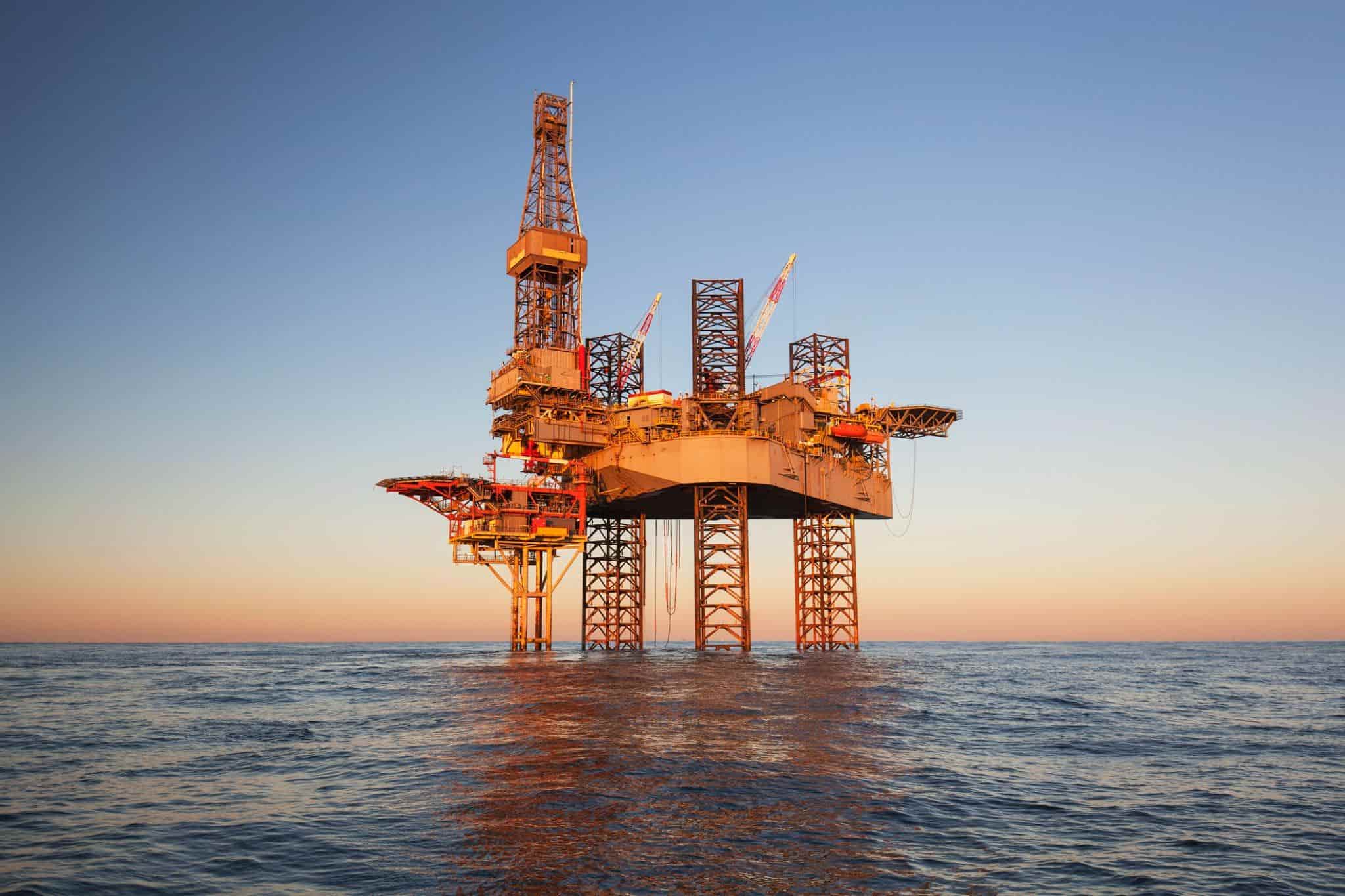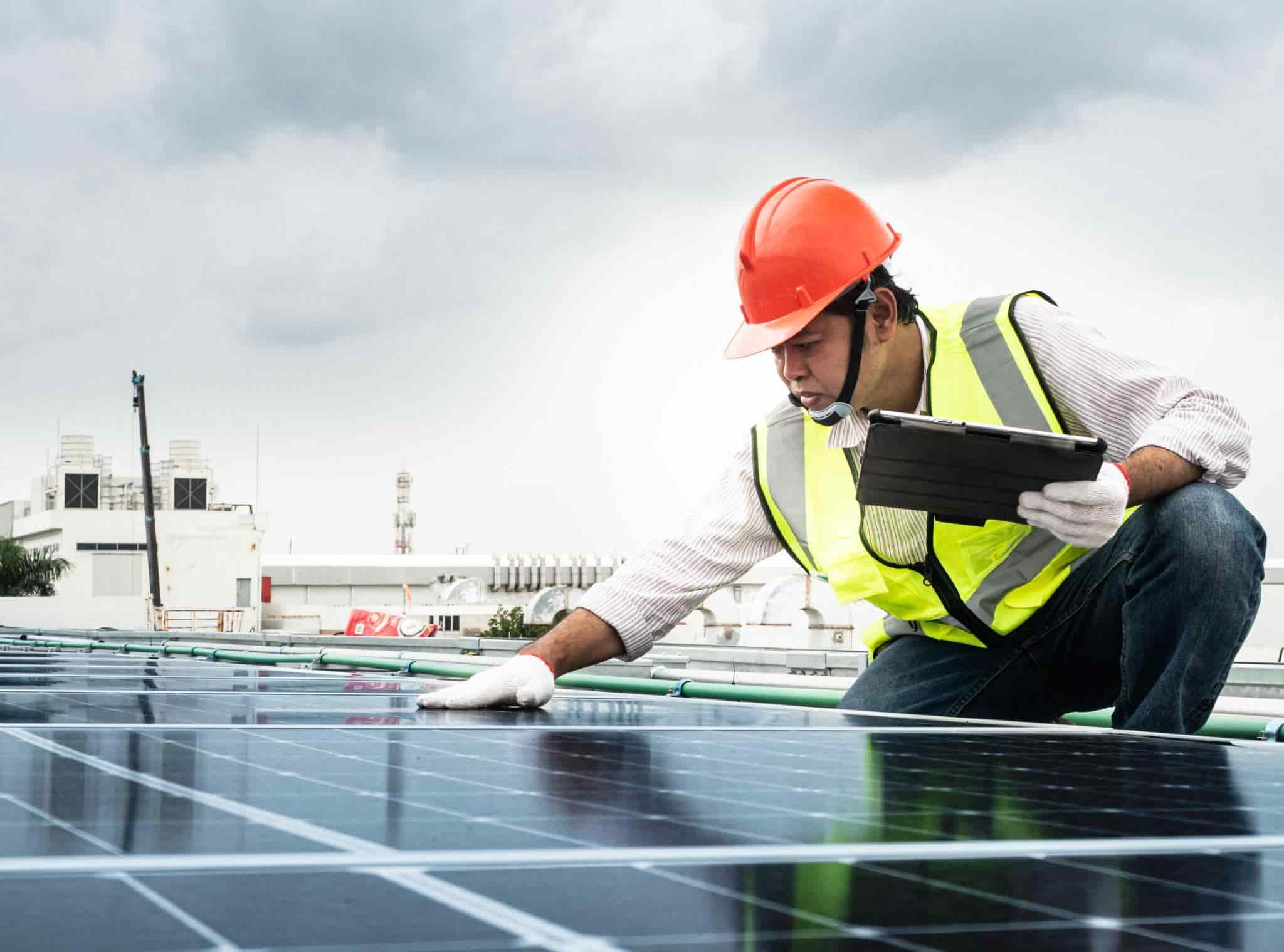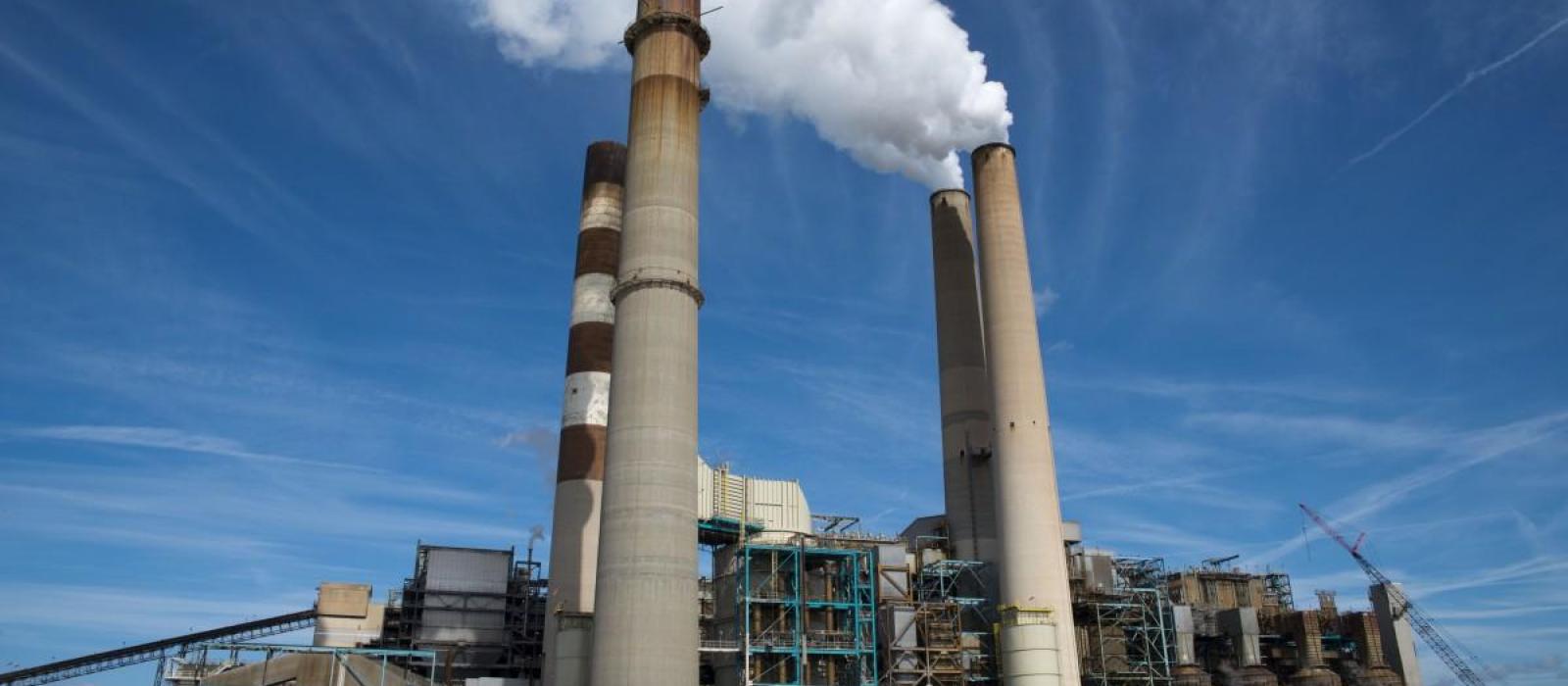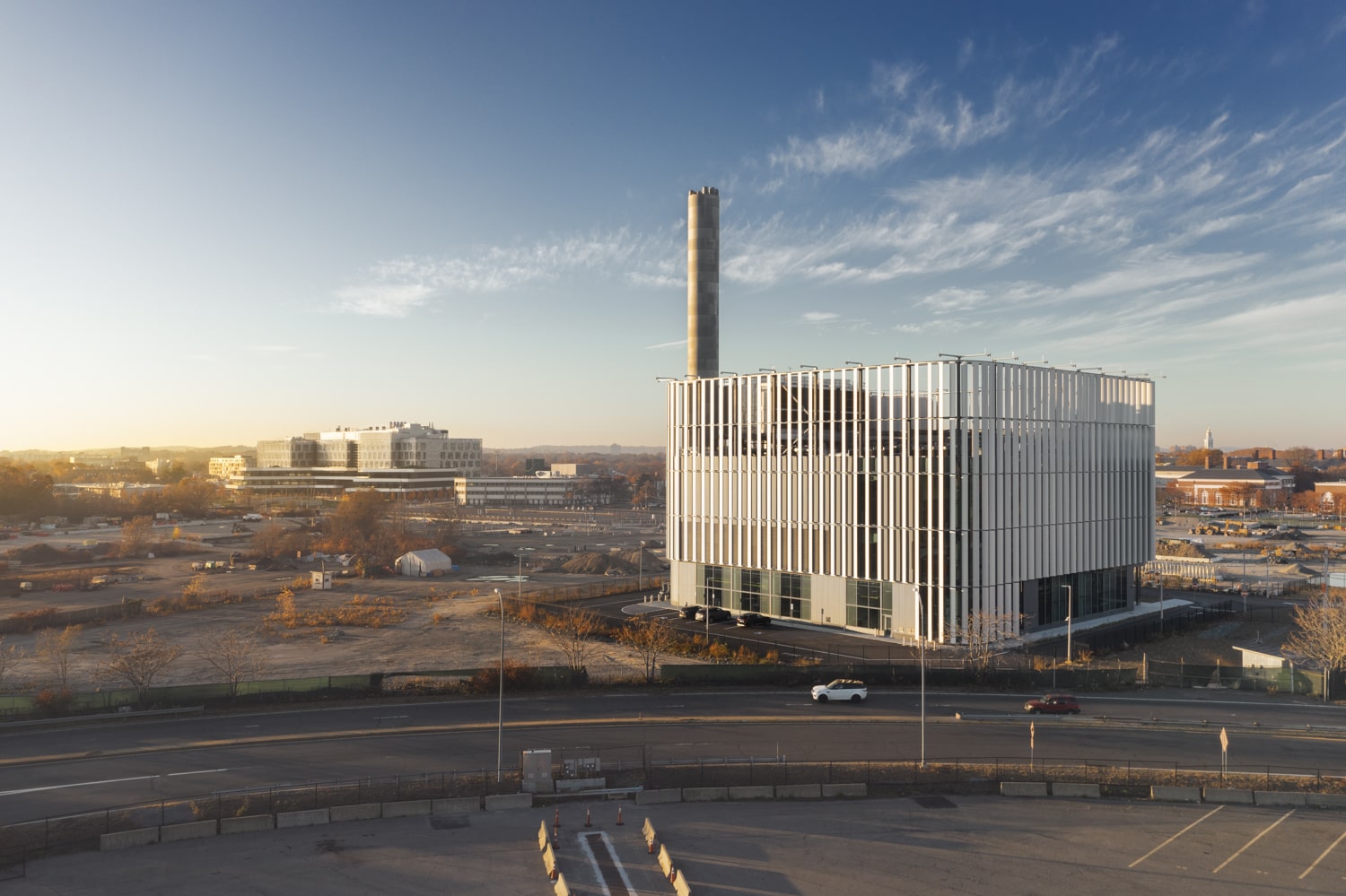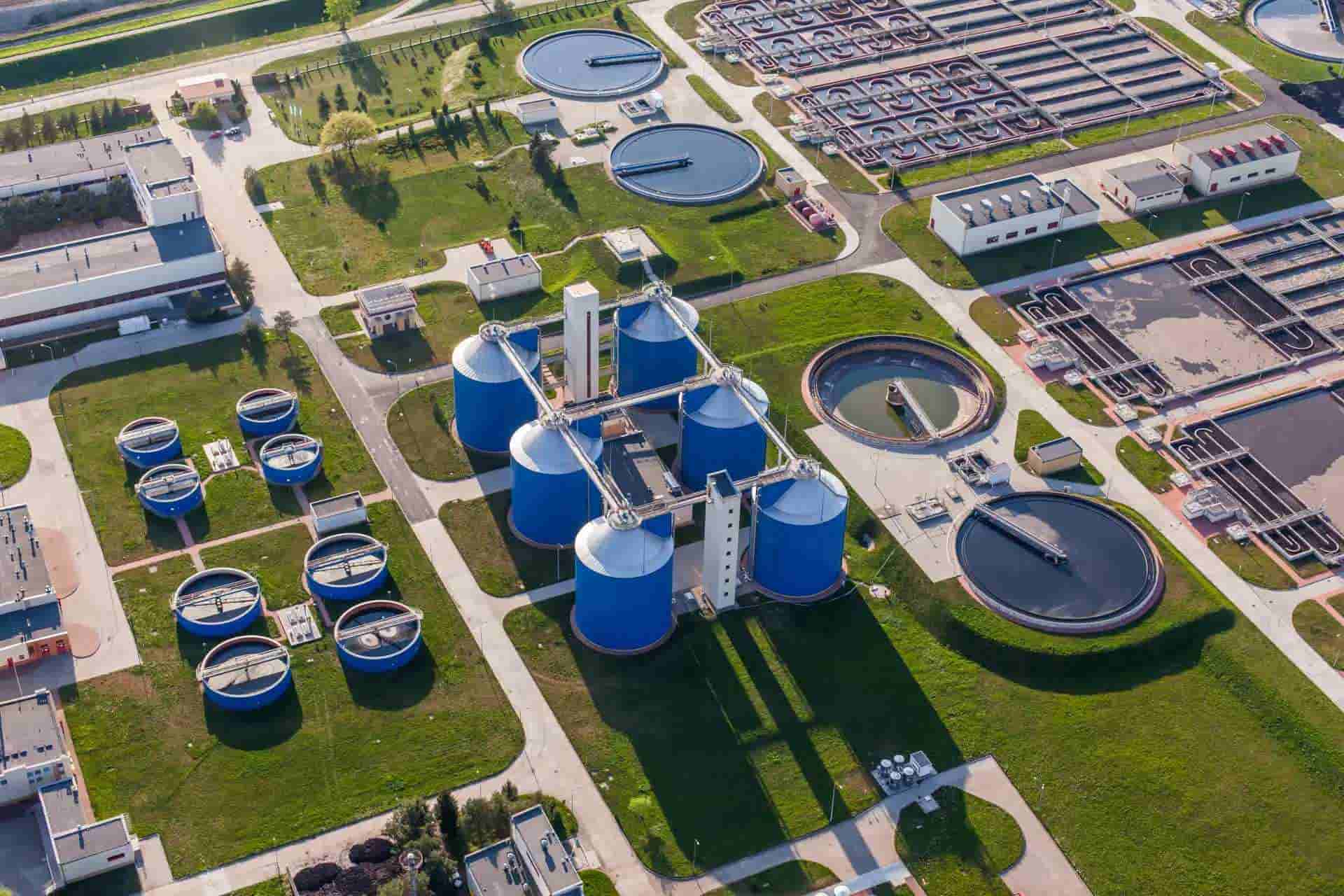CCUS technologies and methods reduce CO2 emissions and mitigate climate change. It captures CO2 emissions from industrial operations, power stations, and other sources, uses it for various applications, and stores it underground to prevent its escape into the atmosphere.
CCUS aims to minimise greenhouse gas emissions by absorbing CO2. Enhanced oil recovery injects CO2 into oil reservoirs to improve oil production and permanently store it underground. It can reduce fossil fuel use in chemical and construction material production.
CO2 storage underpins CCUS. It entails transferring captured CO2 to underground storage sites like depleted oil and gas reserves or deep saline aquifers and safely storing it to prevent its escape into the atmosphere.
CCUS technologies can dramatically reduce CO2 emissions and help meet global climate change goals. CCUS can decarbonize industry and create a low-carbon future by capturing and storing CO2.
Capturing CO2 Emissions: Technologies and Processes
Climate change mitigation and carbon neutrality require CO2 capture. Industrial processes, power plants, and other pollution sources can capture CO2 using various technologies. Post-combustion, pre-combustion, oxyfuel combustion, and direct air capture are these methods.
Pre- and post-combustion capture remove CO2 from flue gas. Oxyfuel combustion generates a CO2-rich flue gas stream, while direct air capture removes CO2 from ambient air. Chemical absorption, adsorption, membrane separation, and other methods are used to capture and store CO2.
Reduce greenhouse gas emissions and transition to a low-carbon future by advancing and integrating these technologies.
Advantages of CO2 Fertilization in Greenhouses
Greenhouse CO2 fertilisation optimises crop growth and yields. Increased CO2 in the greenhouse atmosphere boosts photosynthesis and plant growth. CO2 fertilisation benefits:
- Increased photosynthesis: Higher CO2 levels help plants transform solar energy into chemical energy.
- Photosynthesis increases plant growth, biomass, and speed.
- CO2 fertilisation increases crop yields and quality.
- CO2 in the greenhouse helps plants use light, water, and nutrients efficiently.
- Greenhouse operators and farmers gain from higher crop yields and quality.
- CO2 fertilisation in greenhouses sustains agricultural output and population growth.
Challenges and Innovations in CO2 Capture
CO2 harvesting requires creative solutions. Creating cost-effective and efficient capture devices is difficult. Absorption, adsorption, and membrane separation are costly and energy-intensive. Scaling up these technologies to address massive industrial emissions and integrating them into existing infrastructure without disruptions is another difficult task.
Finding optimal CO2 storage and use pathways is critical. CO2 capture and storage solutions require material and process advancements to reduce cost. CO2 capture technology environmental consequences must also be assessed and mitigated.
Advanced materials, direct air collection, integration into industrial processes, carbon utilisation, and carbon recycling and conversion address these issues. We can capture CO2 emissions and mitigate climate change by solving these problems and innovating.
Process of Chemical Absorption for CO2 Capture
Chemical absorption is a widely used process for capturing carbon dioxide (CO2) emissions from various sources. It involves the use of solvents or absorbents to selectively remove CO2 from flue gases or gas streams.
The process works by allowing the CO2 to react with the solvent, forming a stable compound that can be separated and further processed. This method is effective in capturing CO2 from both high and low concentration gas streams, making it suitable for a range of industrial applications.
Chemical absorption has proven to be a reliable and efficient technique in reducing CO2 emissions and mitigating the impact of climate change. Continued research and innovation in this field are focused on developing more cost-effective and environmentally friendly solvents for enhanced CO2 capture.





